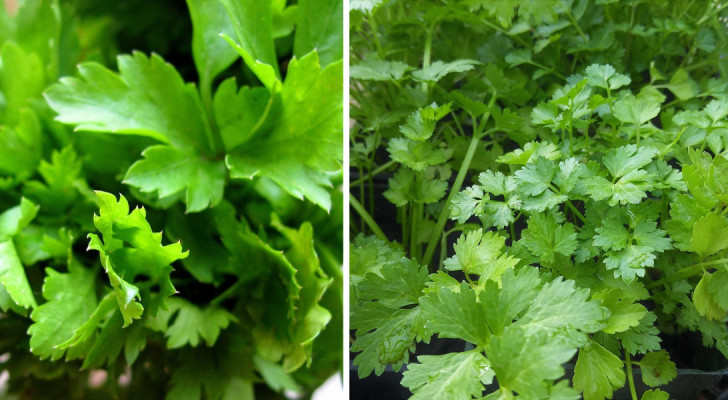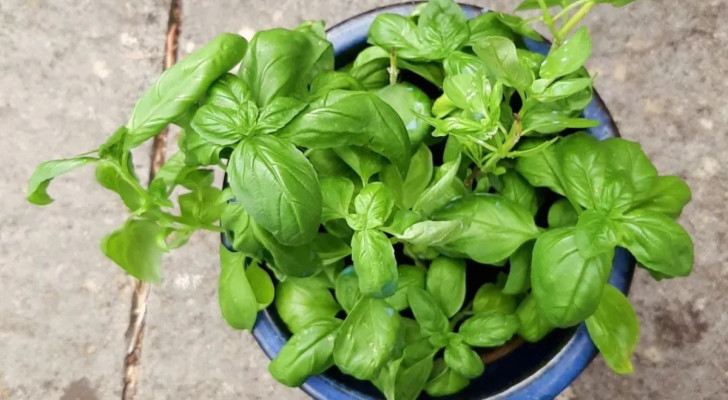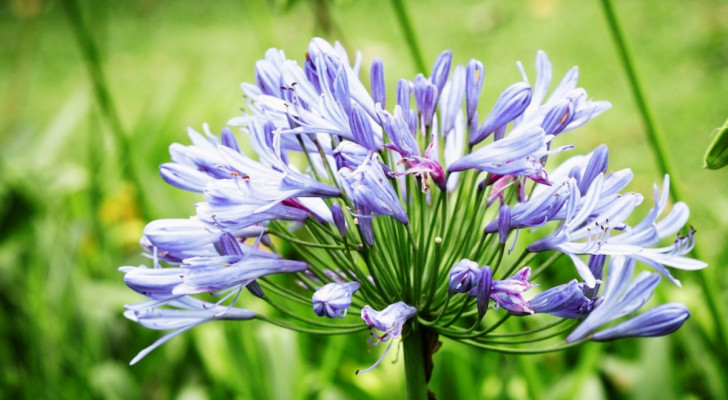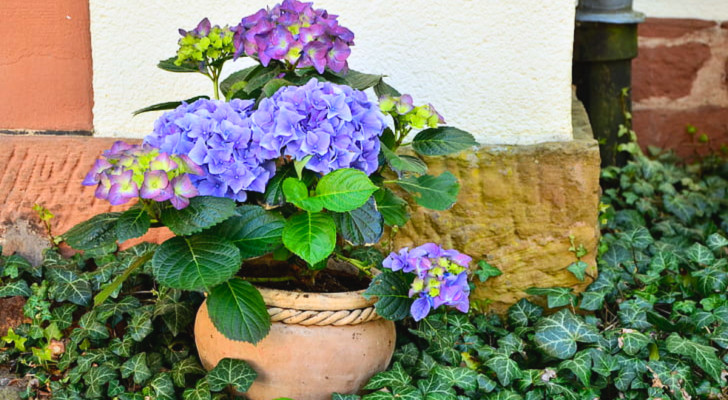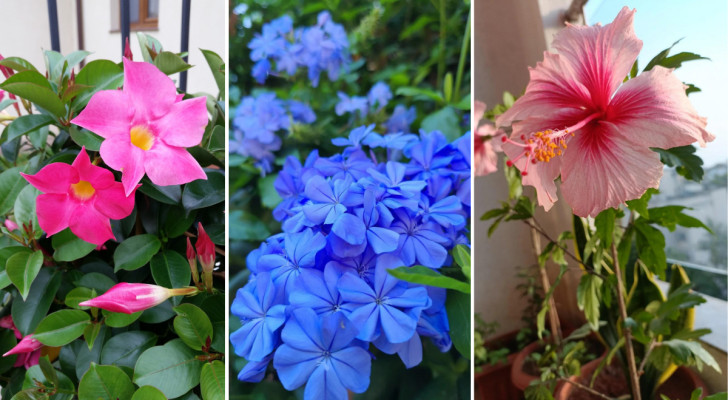The latest trend in gardening is called "Chaos Gardening" and is a salute to the power and beauty of Nature
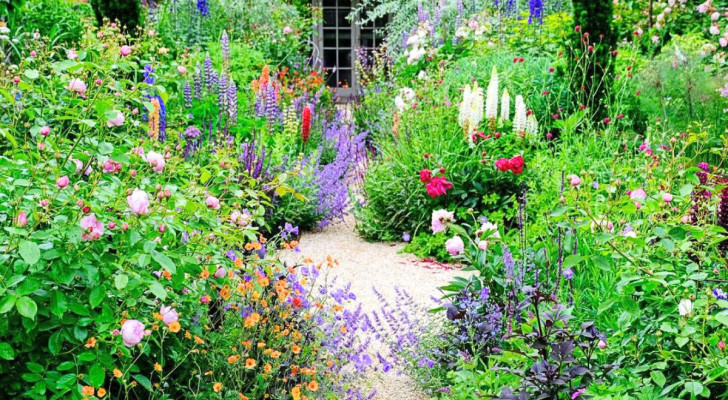
The term "Chaos Gardening" might make you think of a garden "gone wild", but in fact, it refers to an increasing popular, "relaxed" approach to gardening. Essentially, this approach is based on spontaneity and letting nature take its course.
Let's find out more about this emerging, increasingly-popular gardening trend:
The key features of Chaos Gardening
To better understand what chaos gardening means, here are some of the fundamentals:
- Planting in an unstructured manner: once you have chosen seeds to sow (and which are suitable for the local soil and climate), instead of planting them in orderly rows by group or type, mix them up and scatter them on the ground randomly;
- Be open to surprises: this "chaotic" approach will make it difficult imagine the final result - be open to how your garden grows, and be receptive to surprises;
- Imitate nature: the idea is to give a natural look to your garden, a bit like when you walk through an open meadow where endemic species grow without "supervision";
- Low maintenance: plants will make the space they need for themselves, without you intervening. Maintenance can be kept to just getting rid of harmful weeds (but only if they pose a real threat and/or you really don't like them)!
Useful tips when trying your hand at Chaos Gardening
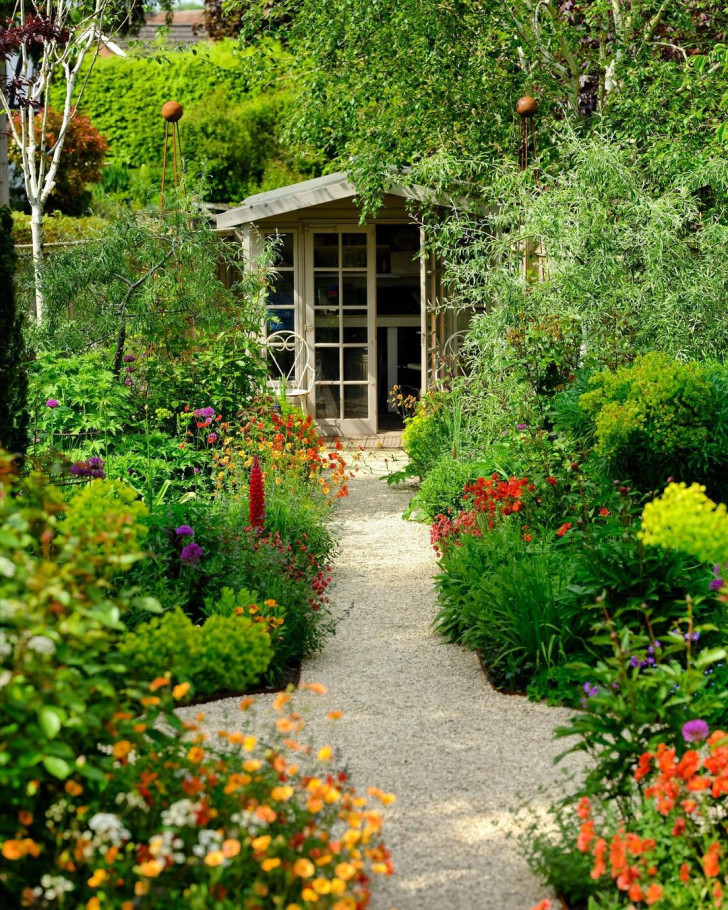
If you want to give Chaos Gardening a go, test it out in a small part of your garden first:
- Choose a corner that is sunny, and with well-draining soil (ie. where water will not stagnate);
- Prepare the soil: remove any weeds by hand. Once done, hoe the entire area thoroughly (like you would when preparing the vegetable patch), but without hoeing too deeply. Reserve some of this soil for later;
- Scatter your seeds over the hoed area;
- Use the reserved soil to lightly cover the seeds;
- Water regularly, especially during hot, dry periods.
Now, all that remains is to wait patiently for everything to grow! Remember that the seeds must remain moist but not soggy, and that shoots and young seedlings must be watered often enough to survive the early stages of their life when they are at their most vulnerable.
It's true that Chaos Gardening means "letting nature do its thing", but you can still be somewhat strategic and sow plant varieties that will flower in the upcoming seasons. So, for example, at the end of spring and beginning of summer you can think about what plants you want to see at end of summer/early autumn. Avoid sowing when it is very hot and/or there's a drought (unless you can provide shelter and an adequate water supply).
Chaos Gardening on the balcony: is it possible?
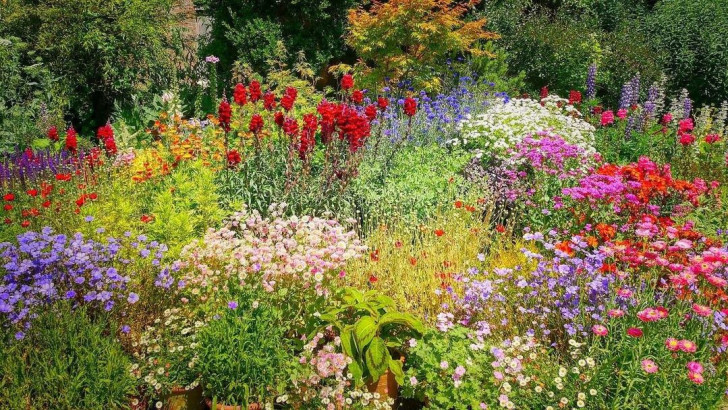
@littletreefoodforest/Instagram
Yes, it is possible to enjoy a bit of Chaos Gardening on your balcony - all you need are pots and planters which are big enough. However, keep in mind that:
- The soil inside pots and planters warms up more and dries out quicker than open terrain. So, you will have to check on the seedlings more often, learning to understand their seasonal "rhythms";
- Make sure water can drain easily from the holes in the bottom of your pots/planters;
- Choose a rich, light, well-draining soil to avoid the risk of root rot developing in stagnant water;
- Be generous when sowing your seeds: germination rates of the seeds in planters/pots are not as high as in open ground.
So, what are the advantages of using this technique on your balcony?
- Self-sufficient systems: once you have laid down the basics (see above), your "balcony garden" will start to take care of itself.
- Surprising beauty: just like in the garden, each season you will amazed at the changes that occur naturally to your balcony garden! Each season, it will be like having a new balcony!
- Eco-friendly: in the vast majority of cases, the seeds that will grow best are those which are visited most often by pollinating insects - and this is excellent for the environment, especially in a city!
The benefits of Chaos Gardening
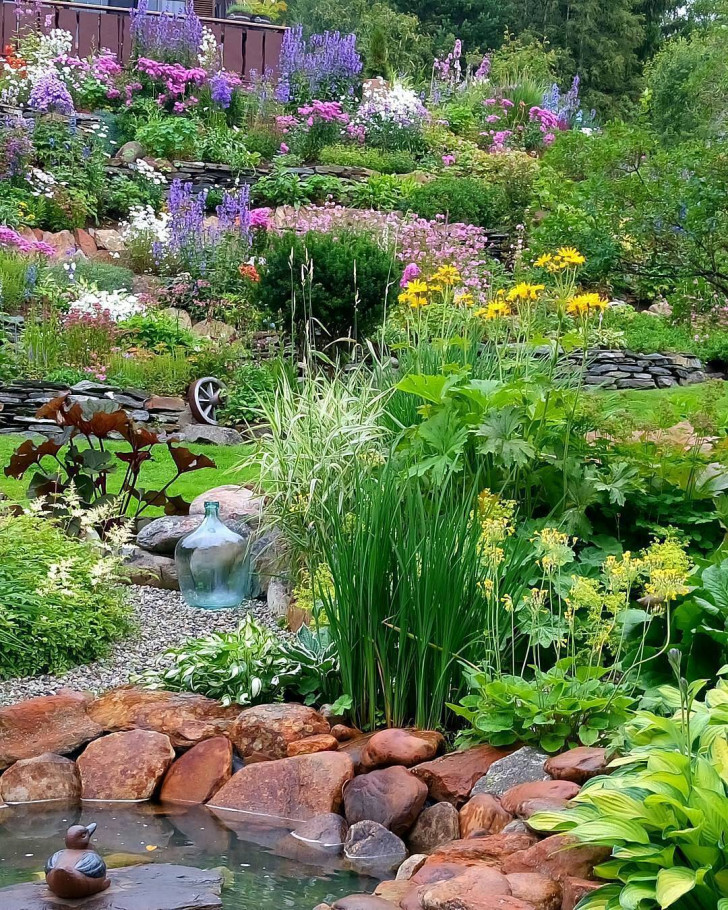
There are several advantages to Chaos Gardening, which we list below:
- Beginner-proof: anyone can try out this gardening techniqe, even "raw" beginners. And, over time, even the unskilled will learn a lot about plants and their natural rhythms!
- Minimal effort: chaos gardens are meant to be self-sufficient, and human intervention is kept to a minimum. No strict agendas, tideous, continual weeding, moving plants around, etc.
- Biodiversity: if we leave nature alone, varied habitats arises, which, in turn, will attract many of nature's beneficial creatures (including pollinating insects).
- Less waste: you will quickly learn how to gather and sow seeds. And some plants will even propagate on their own, meaning you won't have to buy any new seeds or plants!
- Staying in touch with nature: Chaos Gardens are great learning environments, even for experienced gardeners. It's a great way to observe the changes and extraordinary survival strategies of plants "in the wild".
Ready to start your own Chaos Garden?
